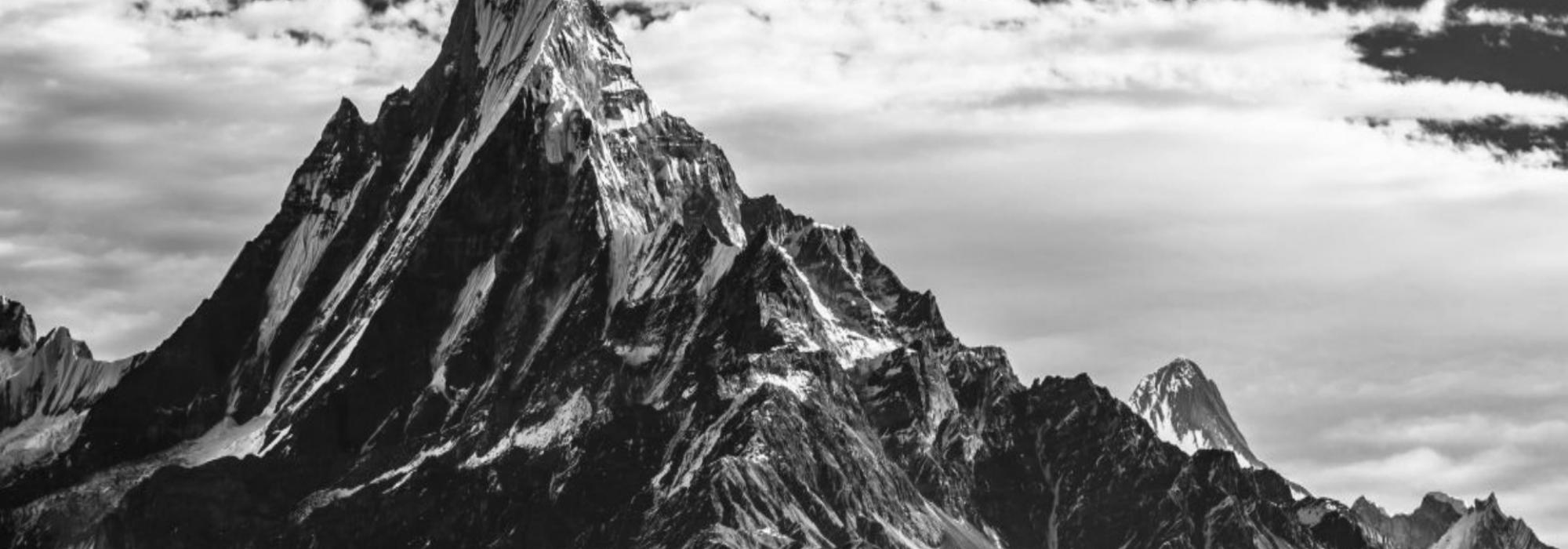Perhaps there is no other poet in Sanskrit or any other Indian language who has described the mythology, knowledge, geography, flora and fauna of our country in such vivid and intimate detail as Kālidāsa has. This is the primary reason why he should be our national poet. For him, no place was just a mass of land; no river just a mass of water; no city just a mass of people; and no Indian value just a thought. This can be seen from many illustrations in his works.
In Meghadūtam, Kālidāsa associates almost everything in the cloud’s path with something divine or sublime. Rāmagiri, the place where the yakṣa dwells, boasts of waters which were once used by Sītā herself. The cloud which the yakṣa sees is from the lineage of the mythical puṣkara and āvartaka. Rāmagiri itself is no ordinary mountain because it has its slopes marked by the steps of Lord Rāma himself. The city of Ujjain is a piece of heaven brought down to earth. And the citizens of Ujjain are not just that; but they are the ones who narrate the proud association of their town with the exploits of the great king, Udayana Vatsarāja. The river Gaṅga is not just water but the series of steps which led the sons of Sagara to heaven.
In Raghuvaṃśam, he starts off by comparing the inseparability of form and content to the inseparability of Lord Śiva and Goddess Pārvatī in the cosmic form of ardhanārīśvara. The great king Dilīpa becomes a ‘rājyāśramamuni’, a sage in his state which is the equivalent of his hermitage. The institution of marriage becomes ‘sarvopakārakṣamamāśramam’ – a stage of life that sustains everything around it. He gives a detailed picture of the various kingdoms across India when describing the conquest undertaken by King Raghu. The specialities of the various provinces of India are explained again during the svayaṃvara of Indumati, who marries King Aja. The palm-lined beaches and elephants of Kalinga (Odisha), the gardens of Brindavan and Ujjain, the cool breeze from the Western Ghats, the charming waves of river Narmada in Mahishmati, the dark waters of river Yamuna in Mathura – all these are explained in vivid poetry. Further, when narrating the Rāmāyaṇa, he introduces sage Vālmīki as ‘kavi’ – ‘the poet’ – whom tradition respects as the first poet or ‘ādikavi’. While describing the great efficiency of King Atithi, he describes many details of Kautilya’s Arthaśāstra.
In Kumārasambhavam, Kālidāsa starts off by christening the great Himalayas as ‘devatātma’. Elsewhere in Abhijñāna-śākuntalam, he refers to the Himalayas as ‘gauriguru’ – father of Gauri. The tree under which Lord Śiva sits in penance is washed by the high tide of river Gaṅga. The japamālā that Pārvatī offers to Lord Śiva is made from the seeds of lotuses that bloom in the divine river Mandākini. Lord Brahmā himself is the preceptor in the marriage of Lord Śiva and Pārvatī. The entire set of rituals as prescribed in our tradition is described here in detail. At the end of the marriage, Goddess Sarasvatī blesses Lord Śiva by employing the appropriate Vedic mantras. And she blesses Goddess Pārvatī by employing an intimate folk tune. By this, Kālidāsa shows the respect our culture has for both the Vedic and folk traditions. It is at once poetry and education.
Many such examples can be shown from his plays as well. However, for the present purposes we shall stop at this. All the examples mentioned above serves to show how Kālidāsa has presented the great values of our culture in a sublime and profound way.













































